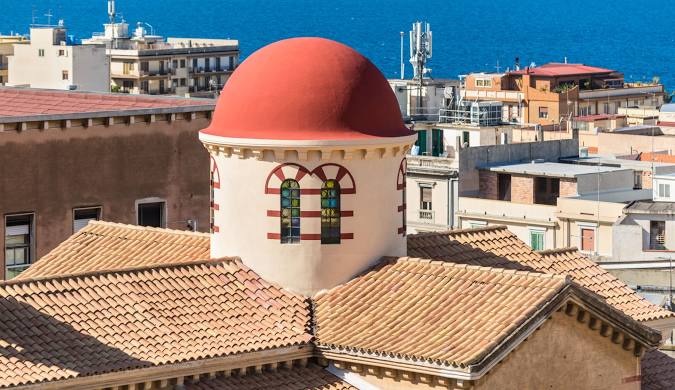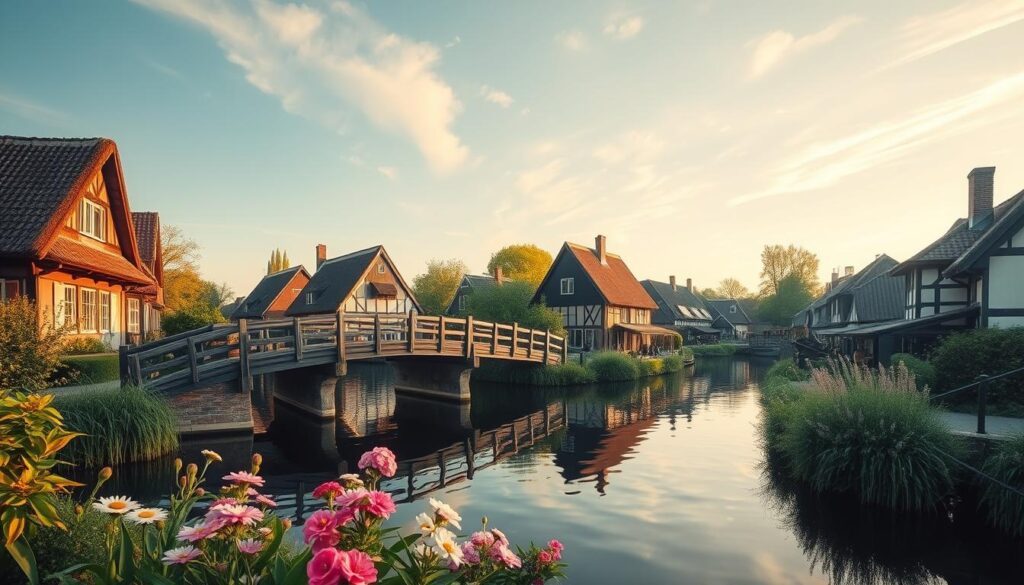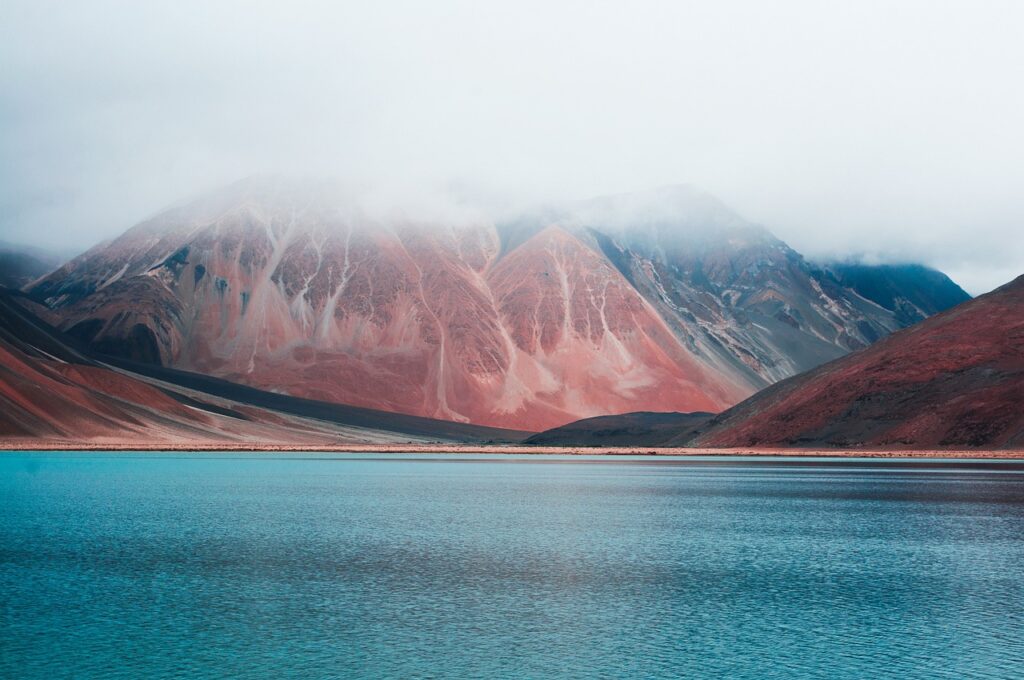What to See in Reggio Calabria: Top Sights, Hidden Gems & Local Flavor
Picture yourself standing on Italy’s southern tip, watching the sun paint Mount Etna in golden hues across the Strait of Messina. The air carries the sweet scent of bergamot orchards while ancient Greek whispers echo through cobblestone streets. This is Reggio Calabria – a destination that perfectly blends Mediterranean charm with thousands of years of history. What to see in Reggio Calabria goes far beyond typical tourist attractions. This captivating city offers everything from world-famous ancient bronzes to pristine beaches, from aromatic local cuisine to breathtaking coastal drives. Whether you’re drawn by the legendary Riace Bronzes, the stunning views of Sicily, or the authentic Calabrian culture, this comprehensive guide will help you discover the very best of Italy’s hidden southern gem. This guide covers everything you need to know – from must-see attractions and secret local spots to practical travel tips and authentic dining experiences. Get ready to explore a destination that will surprise and delight you at every turn. Quick Facts About Reggio Calabria Feature Details Country Italy Region Calabria Best Time to Visit April-June, September-October Currency Euro (€) Languages Italian, Calabrian dialect Getting There Reggio Calabria Airport (REG), train, ferry from Sicily Quick Practical Info (Before You Explore) How to Reach Reggio Calabria Getting to this southern Italian paradise is easier than you might think. From India, you’ll typically connect through major European hubs like Rome, Milan, or Frankfurt. Reggio Calabria Airport (REG) receives domestic flights from Rome and Milan, making it convenient for international travelers. The train journey from Rome takes about 5 hours on high-speed trains, offering stunning coastal views as you approach the city. Check schedules and book tickets through Trenitalia. If you’re already in Sicily, the ferry crossing from Messina takes just 20 minutes with Caronte & Tourist and provides spectacular views of both coastlines. For road trip enthusiasts, driving along the Autostrada A3 offers breathtaking mountain and coastal scenery. However, be prepared for winding roads as you approach the city. Best Times to Visit The ideal time to explore Reggio Calabria attractions is during late spring (April-June) and early autumn (September-October). During these months, temperatures range from 20-28°C, perfect for walking tours and beach visits. Summer brings intense heat and crowds, though it’s the best time for swimming and water activities. Winter remains mild by northern standards but some attractions may have reduced hours. Suggested Lengths of Stay One day allows you to see the main highlights including the Archaeological Museum and a stroll along the waterfront. Two days lets you explore nearby Scilla and enjoy a more relaxed pace. Three or four days provide time for day trips to Aspromonte National Park and deeper cultural immersion. Where to Stay The historic center puts you within walking distance of major attractions, while seafront accommodations offer stunning views of Sicily. The area around Corso Garibaldi provides the best mix of dining, shopping, and cultural sites. Getting Around Reggio Calabria’s compact historic center is perfect for exploring on foot. Local buses connect different neighborhoods, while taxis and ride-sharing services are readily available. Renting a car opens up opportunities for coastal drives and mountain excursions. Deep Dive: Top Things to See & Do in Reggio Calabria Historic & Cultural Core National Archaeological Museum & the Riace Bronzes The crown jewel of any Reggio Calabria travel guide is the National Archaeological Museum, home to the world-famous Riace Bronzes. These 5th century BC Greek statues, discovered off the Calabrian coast, are considered among the finest examples of classical sculpture. Standing face-to-face with these 2,000-year-old warriors is truly breathtaking. The museum also houses extensive collections of Greek and Roman artifacts, making it essential for history enthusiasts. Plan at least 2-3 hours for your visit, and book tickets online during peak season through the official booking system. Aragonese Castle Perched dramatically on a rocky outcrop, the Aragonese Castle offers panoramic views across the Strait of Messina. Built in the 15th century, this fortress now houses cultural exhibitions and provides some of the city’s best photo opportunities. The castle with panoramic views Reggio Calabria offers is particularly stunning at sunset, when Sicily’s silhouette creates a magical backdrop. Entry fees are modest, and the climb to the top rewards visitors with 360-degree views of the city and sea. Corso Garibaldi & Piazza Italia The heart of city life pulses along Corso Garibaldi, a elegant pedestrian street lined with shops, cafes, and historic buildings. This is where locals gather for their evening passeggiata (stroll), creating a vibrant social atmosphere. Piazza Italia, with its neoclassical architecture and palm trees, serves as the city’s main square. Street performers and local musicians often provide entertainment, especially during summer evenings. Hidden Gems in the Historic Centre Reggio Calabria Beyond the main attractions, seek out the Chiesa degli Ottimati with its beautiful Byzantine mosaics, and the small but charming Pinacoteca Civica. The narrow streets behind Corso Garibaldi hide traditional workshops where local artisans still practice ancient crafts. Coastal & Beach Highlights Punta Pellaro & Spiaggia di Catona These local beaches offer authentic Calabrian coastal experiences away from tourist crowds. Punta Pellaro provides excellent swimming conditions and beachside restaurants serving fresh seafood. Spiaggia di Catona features a long sandy stretch perfect for families. Both beaches are easily accessible by local bus or car, and offer stunning views across to Sicily’s northeastern coast. Cala Costa Viola This hidden gem near Scilla offers some of the region’s best snorkeling opportunities. The crystal-clear waters reveal rich marine life, while the dramatic coastal cliffs provide a spectacular backdrop for underwater photography. The area is less developed than main beaches, so bring your own supplies and prepare for a more adventurous beach day. Day Trips & Surroundings Scilla: A Charming Medieval Village Just 22 kilometers north, Scilla enchants visitors with its medieval castle perched on a rocky promontory. The town is steeped in mythology – this is where Homer placed the sea monster Scylla in the Odyssey. Visit Scilla from Reggio Calabria makes for a perfect half-day trip. Explore the historic Chianalea fishing
What to See in Reggio Calabria: Top Sights, Hidden Gems & Local Flavor Read More »




